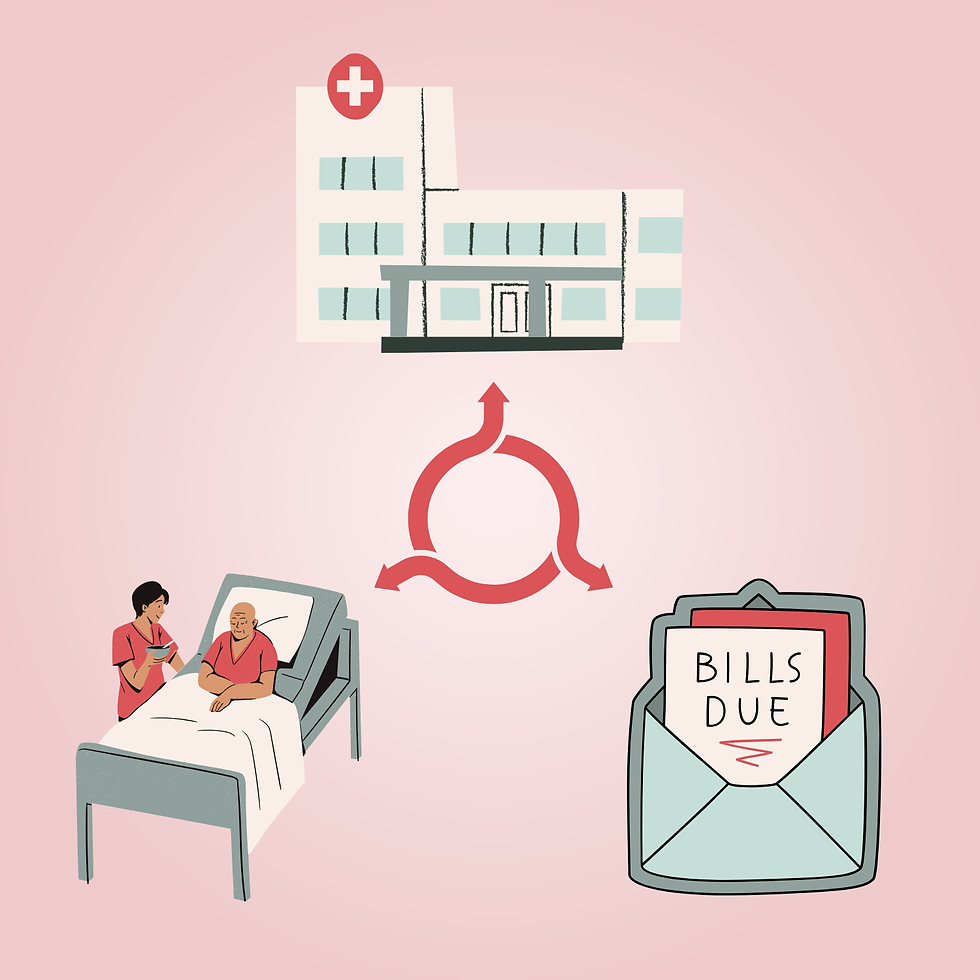Entering the Global Post-COVID Era
- Camille Krejdovsky
- Oct 17, 2021
- 3 min read
Over the past several months, life in the US has begun to resemble some form of post-COVID normalcy. With air travel rebounding, sporting venues reopening, and concerts on the horizon, life is beginning to look a lot more like pre-January 2020 times. The current COVID-19 vaccines have facilitated this, allowing many to go about their daily lives with a greater sense of security, knowing that their risk of severe illness is lowered. In some instances, the white paper vaccine card has become a sort of ticket to freedom, with many leisure venues requiring it for entry.
But while life here seems to be inching back to normal, the global situation looks much different. As of October 15th, 2021, just 7.5% of those living on the African Continent had received at least one vaccination dose. In countries such as Haiti and Tanzania, those numbers look much bleaker, coming in at less than 0.6% of their populations. The disparities are clear: lower-middle-income countries are struggling to provide their citizens with first doses while wealthier countries such as the US and several European nations have begun to offer optional 3rd doses, or booster shots. The factors leading to these striking differences in access are complex, revealing longstanding inequalities and the failure to include lower-middle-income countries in emerging technology. While there was a plan in place to create more equitable global vaccine access, called COVAX, it ultimately has fallen short of its goals due to wealthier nations forming side deals with vaccine manufacturers and buying up vaccine supply before it was even produced.

In addition to the ethical issues that the inequality in access raises, global vaccine distribution is mandated by our collective desire to enter the post-COVID era. As pockets of COVID-19 infections are allowed to persist, new variants will arise, eventually making their way around the world. According to Dr. Krishna Udayakumar, Director of the Duke Global Health Innovation Center, it’s only a matter of time until one of these variants will render our current vaccines ineffective, leading us “back to square one”. If ethical concerns alone won’t push us to make the needed changes, necessity will.
While the need for equality is easy to recognize, the path towards it is complicated and difficult. The novelty of the vaccine technology and its storage requirements have further exacerbated the issue, making it so that not all of the excess vaccine that wealthier nations have possession of can be shipped abroad due to expiration concerns. But even if it were possible to ship surplus abroad, this would be a temporary fix that circumvents the root of the issue. Development of manufacturing and distribution capacity is what is really necessary in these countries, along with potential further innovations in vaccine technology. While the former has proved difficult due to the hesitancy of the pharmaceutical industry to relinquish control of their patents (which dictate who can produce the vaccine), the latter is already underway. Researchers have identified the issues in distribution and are proposing creative solutions, such as a self-administered vaccine patch that is not as temperature sensitive as the original formulations. Another exciting possibility is the pan-coronavirus vaccine being worked on by researchers at the Duke Human Vaccine Institute, which would provide protection against a large range of coronaviruses, with the potential to protect against new variants as well as future outbreaks. Innovations such as these, in combination with expansion of manufacturing rights and investment in local manufacturing capacity will be a challenging, but ultimately essential step in the march towards the global return to normalcy. The silver lining is that the interconnectedness of this pandemic has forced attention towards the health inequalities that exist around the world and is pushing us to address them through innovation that will hopefully create solutions viable beyond the context of the current public health crisis.
References
Josh Holder, “Tracking Coronavirus Vaccinations Around the World,” New York Times, October 15, 2021, https://www.nytimes.com/interactive/2021/world/covid-vaccinations-tracker.html.
IBID.
Jamie Ducharme, “COVAX Was a Great Idea, But Is Now 500 Million Doses Short of Its Vaccine Distribution Goals. What Exactly Went Wrong?”, September 9, 2021, https://time.com/6096172/covax-vaccines-what-went-wrong/.
Krishna Udayakumar, “COVID Booster Shots Are Coming. But Most Of The World Hasn’t Gotten Its First Vaccine”, interview by Scott Simon, Weekend Edition Saturday, NPR, August 28, 2021, https://www.npr.org/2021/08/28/1031965166/covid-booster-shots-are-coming-but-most-of-the-world-hasnt-gotten-its-first-vacc.
IBID.
Amy Maxmen, “The Fight to Manufacture COVID Vaccines in Lower-Income Countries”, Nature News, September 15 2021, https://www.nature.com/articles/d41586-021-02383-z.
O’Shea, Prausnitz, Rouphael, “Dissolvable Microneedle Patches to Enable Increased Access to Vaccines against SARS-CoV-2 and Future Pandemic Outbreaks”,Vaccines (Basel), April 1 2021, doi: 10.3390/vaccines9040320.
Eric Ferreri, “Researchers Discuss New Vaccine That Could Prevent Future Pandemics”, Duke Today, May 17 2021, https://today.duke.edu/2021/05/researchers-discuss-new-vaccine-could-prevent-future-pandemics.



Comments